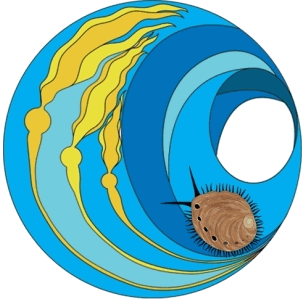Physiologically Mediated Behavior of Rockfish

Rocky reef kelp forests that extend along the coast of central California, like many habitats in upwelling systems, often experience inundations of low dissolved oxygen (DO) or hypoxic waters. The ecological consequences of hypoxia for these systems will be mediated by physiological thresholds and behavioral responses of resident organisms in the context of the spatial and temporal variability of DO, and other potential stressors. Our research focuses on Sebastes (i.e. rockfish) because of their commercial, recreational and ecological importance. In the lab, we investigate how hypoxic events physiologically effect rockfish by measuring a suite of whole organisms and tissue level responses including metabolic rate, ventilation, tissue metabolism, and blood biochemistry across rockfish species and life stages. Results demonstrate species and life stage specific differences in physiological stress under upwelling driven hypoxic conditions and suggest recently settled rockfishes may currently be living near their physiological limits. To further explore behavioral responses of rockfish to low in DO within the kelp forest we are acoustically tagging, with 3-D positioning ability (VPS, VEMCO Inc.) and integrated accelerometers, larger blue rockfish. In conjunction with monitoring of in situ conditions and continued physiological lab studies of adult rockfish, we are using these approaches to develop a framework to understand how physiological limits and spatial and temporal variability in DO impact the behavior and ecology of rockfish in kelp forests within upwelling systems.
